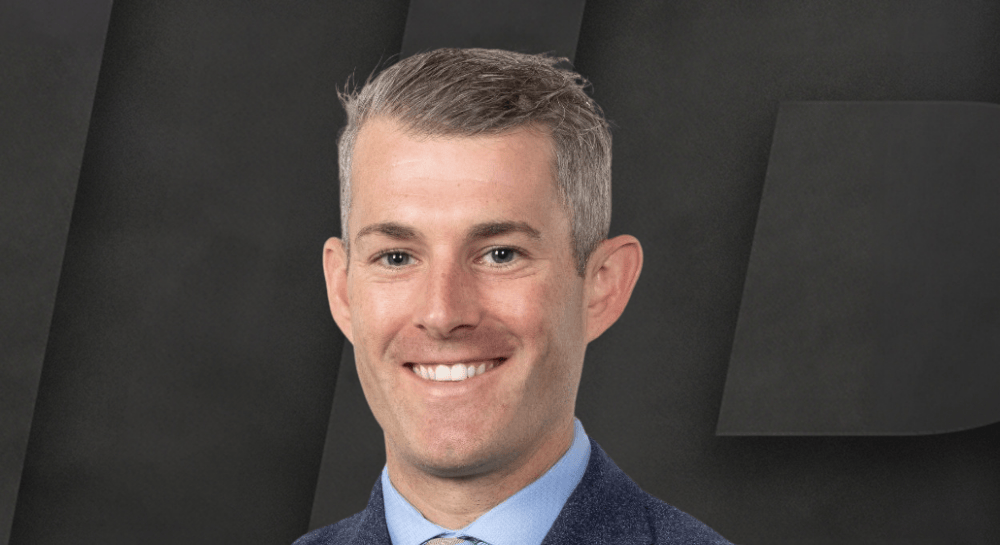EP 68 — Nooks' Sean Blackman on Classified Infrastructure as a Service Model
by Chris Petersen on 2025 | 06

America's defense innovation pipeline has a massive bottleneck that most people don't even realize exists: the infrastructure access problem that prevents our best technology companies and cleared talent from working on classified programs. Sean Blackman, Co-founder & CEO at Nooks, experienced this firsthand as a Navy F-18 pilot trying to get non-traditional companies onto classified contracts, only to discover the catch-22 that has plagued defense innovation for decades. His solution is treating classified infrastructure like cloud computing rather than requiring bespoke facilities
Sean's journey from the cockpit to Meta's anti-misinformation team to highlights why traditional approaches to classified work infrastructure are failing at scale. With 5 million Americans now holding security clearances compared to hundreds of thousands decades ago, the old model of one company, one contract, one SCIF simply doesn't work anymore. The conversation with Dave explores how Nooks is building a network of shared classified facilities that companies can access for $500 per user per month — less than the cost of flying across the country to use traditional SCIFs.
Topics discussed:
- The fundamental chicken-and-egg problem preventing non-traditional defense companies from accessing classified work due to SCIF requirements versus contract prerequisites.
- How the shift from hundreds of thousands to 5 million Americans with security clearances has broken the traditional bespoke infrastructure model that worked for smaller cleared populations.
- The strategic application of fractional biotech lab models to classified infrastructure, creating shared facilities that accelerate innovation through increased access and reduced barriers.
- Why 60-70% of existing SCIFs face obsolescence under new government standards, creating an unprecedented recapitalization crisis across the defense and intelligence community.
- The operational complexity of integrating over 1,000 different classified networks across agencies that historically avoided collaboration by building separate systems.
- The dual-use business model that serves both government agencies facing return-to-office challenges and private companies needing classified access without bespoke facility investments.
- Mobile SCIF deployment capabilities that can establish classified work environments anywhere in the United States within eight hours, fundamentally changing geographic constraints.
- The security advantages of consolidating classified work into professionally managed facilities with dedicated security focus versus thousands of companies interpreting security policy individually.
- Why treating security as a revenue center rather than cost center enables investment in advanced protective technologies that exceed traditional facility capabilities.
Listen to more episodes:
You May Also Like
These Related Stories

EP 62 — Graham Manufacturing’s Matthew Malone on Why Defense Manufacturing Must Reinvest in IT

RADICL Unveiled



No Comments Yet
Let us know what you think